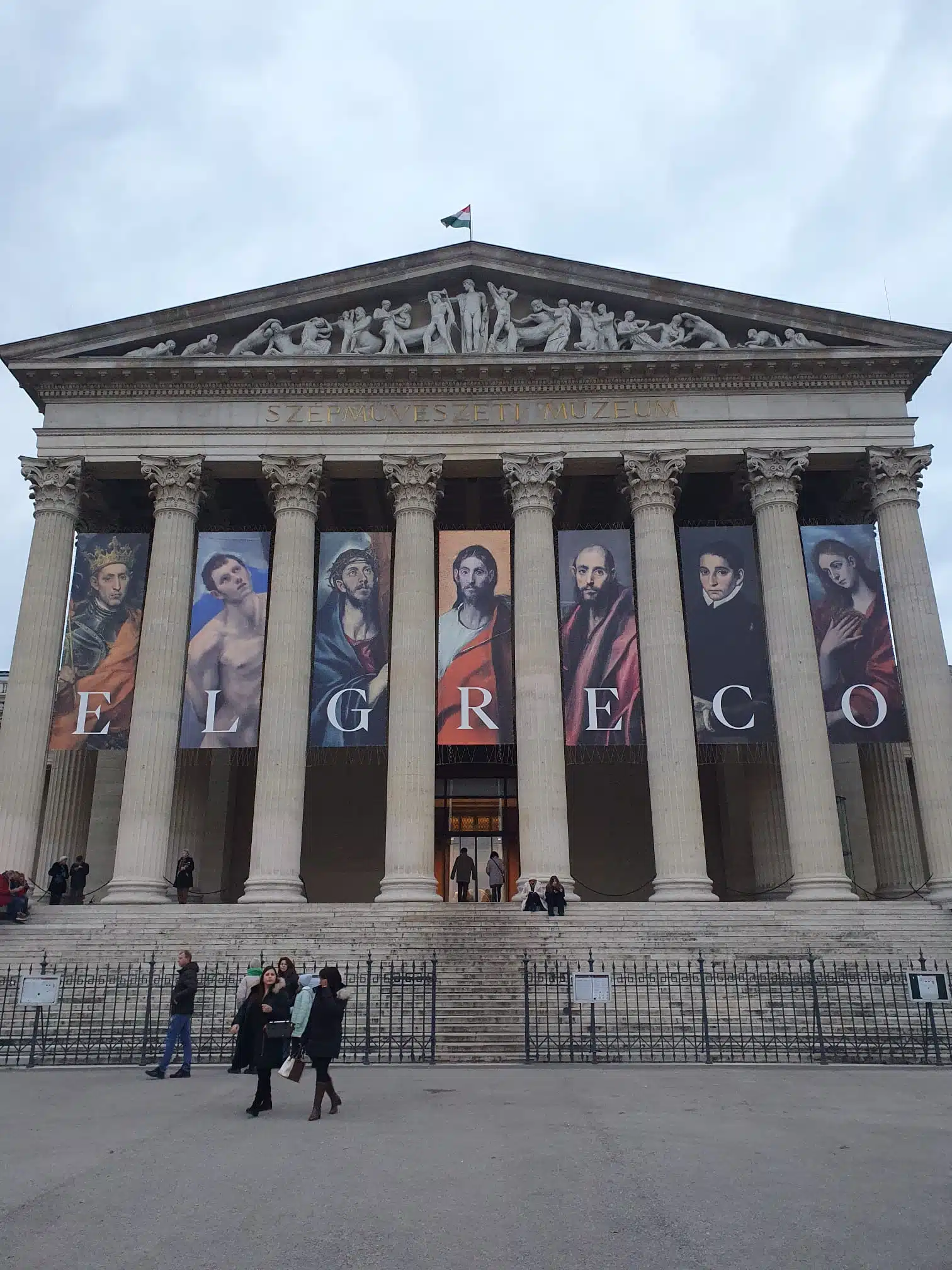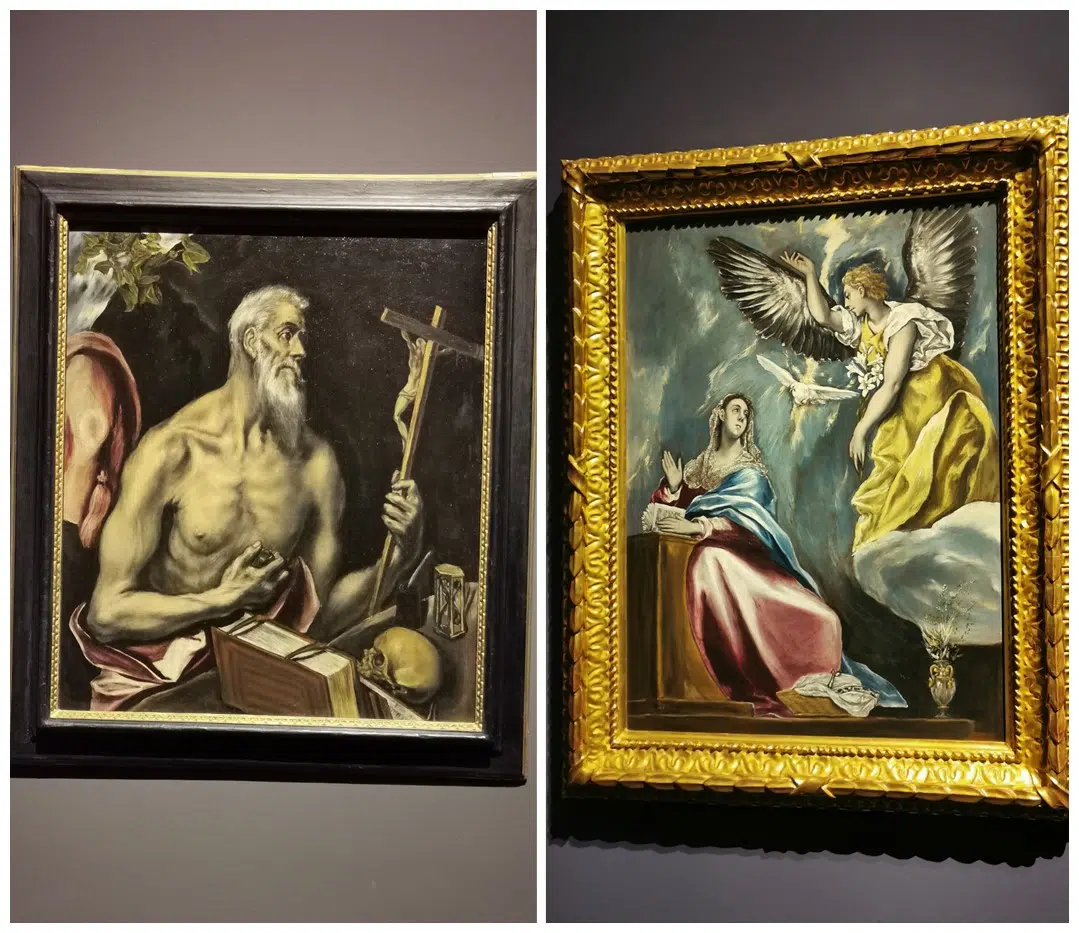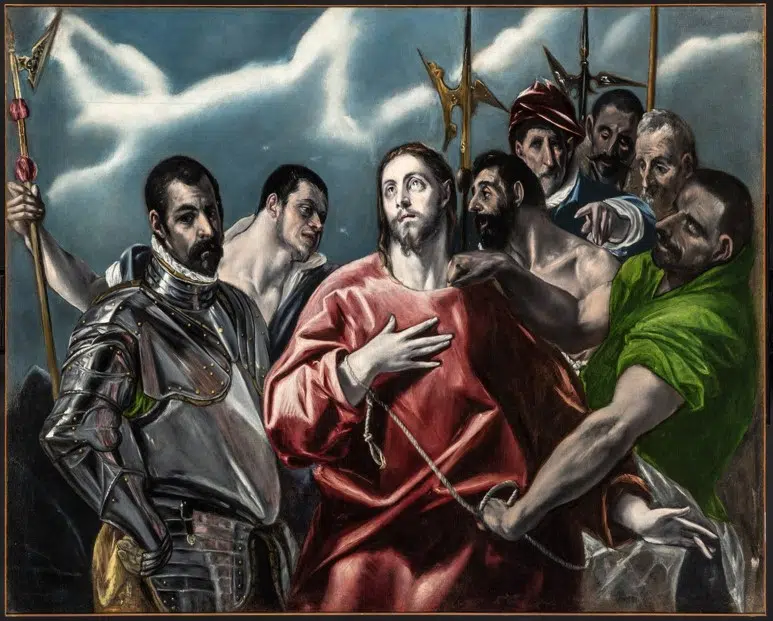
Domḗnikos Theotokópoulos, better known as El Greco (“the Greek”), is widely regarded as one of the greatest artists of the Renaissance era. Now, his artworks are on display at the Museum of Fine Arts in Budapest, Hungary.
The exhibition has been running since October last year and will conclude on February 19 this year. It is currently the largest assembled collection of El Greco’s masterpieces on display.
El Greco was born in Crete in the 16th century and gained renown as an artist in Spain and Italy. His style is noted for its dramatic and expressionistic style, as well as a blending of Western and Byzantine forms.
Exhibition in Budapest
According to the Museum of Fine Arts in Budapest, the collection is the “first large-scale Hungarian exhibition” of the master artist. About 80 works of art are featured in the exhibition.
The exhibition also features works by El Greco’s closest followers, including those by his son, Jorge Manuel Theotokopulos, and Luis Tristán.
The pieces were loaned by “the world’s most prestigious public collections, including the Museo Nacional del Prado and the Museo Thyssen-Bornemisza in Madrid, the Musée du Louvre in Paris, the National Gallery in London and the National Gallery of Art in Washington DC.”
“The exhibition seeks to evoke the environment in which the master lived, studied and worked in an attempt to provide the context for how he drew on the various influences,” says the Museum of Fine Arts. It took eight years of preparation to make the exhibition a reality in Budapest.

Early years
El Greco was born in Heraklion on the Greek island of Crete, then controlled by the Venetians on October 1, 1541.
He trained first as a painter, or “writer,” of holy icons. The traces of this non-naturalistic style can be seen in the later works he painted in Italy and Spain that would make him famous.
He moved to Venice in 1567, a natural move as Crete was Venetian territory at the time. Once there, the 26-year-old painter soon mastered the current style of Renaissance painting.
El Greco’s works were in fact narratives and the vast majority of his themes were religious. In 1570 he moved to Rome, where he lived and worked until 1576.
It was a time when the influences of Michelangelo, Raphael, and Da Vinci were paramount in the art world. Yet El Greco stayed true to his own, unique artistic vision, not following the style of the acknowledged masters.
“You must study the Masters but guard the original style that beats within your soul and put to sword those who would try to steal it,” he reputedly said.
Indeed, his style and palette were completely unique and shocked the art world of the day. He painted elongated, twisted forms, using exaggerated, unreal colors, thus creating works that were unmistakably his own.
His criticism of the established masters did not however endear him to the inhabitants of Rome and El Greco was effectively ousted from the city.

Masterpieces and work in Spain
The majority of El Greco’s most famous works were completed when he was living in Spain. He made the move in 1576, where he made a bid to win the patronage of King Phillip II, to no avail. However, his artworks began to receive widespread attention when he moved to Toledo.
In Toledo, this artistic genius’ work finally won the admiration of his peers as well as art lovers. It was in that city where El Greco created many of his very finest masterpieces.
He also found a group of friends and colleagues who understood his vision and was finally able to establish a workshop and make a profitable living as an artist.
Once fully established in Toledo, El Greco completed many commissions from a range of patrons and lived there for the rest of his life. However, the decade from 1597 to 1607 was the most prolific for the Greek master, and he created the bulk of his known work during that period.
From 1585 onward to the end of his life, El Greco lived in a complex consisting of three apartments, with twenty-four rooms, which belonged to the Marquis de Villena. He passed away on April 7, 1614, at the age of 73.
The great master was survived by his son Jorge Manuel, born in 1578, also a painter, who had worked under his father and continued to imitate his compositions for many years after he inherited the studio.

Artistic style and legacy
As tastes and styles changed, El Greco’s art was not widely appreciated by the generation after his death. However, in the eighteenth century, his work was re-evaluated with the arrival of the Romanticism movement.
Writers, artists, and critics realized in El Greco a gifted, misunderstood soul who created great art which was in a style before its time. Some even called him the precursor of the Romantic movement itself.
El Greco’s style remains highly unconventional. He largely did away with classicist criteria such as measure and proportion. Many of the figures in his paintings possess an elongated and otherworldly appearance that defies anatomical realism.
To this day, El Greco’s artwork continues to captivate large audiences across the world. His masterpieces stand out from other renaissance paintings as ethereal, dramatic, and expressionist in nature.
See all the latest news from Greece and the world at Greekreporter.com. Contact our newsroom to report an update or send your story, photos and videos. Follow GR on Google News and subscribe here to our daily email!



